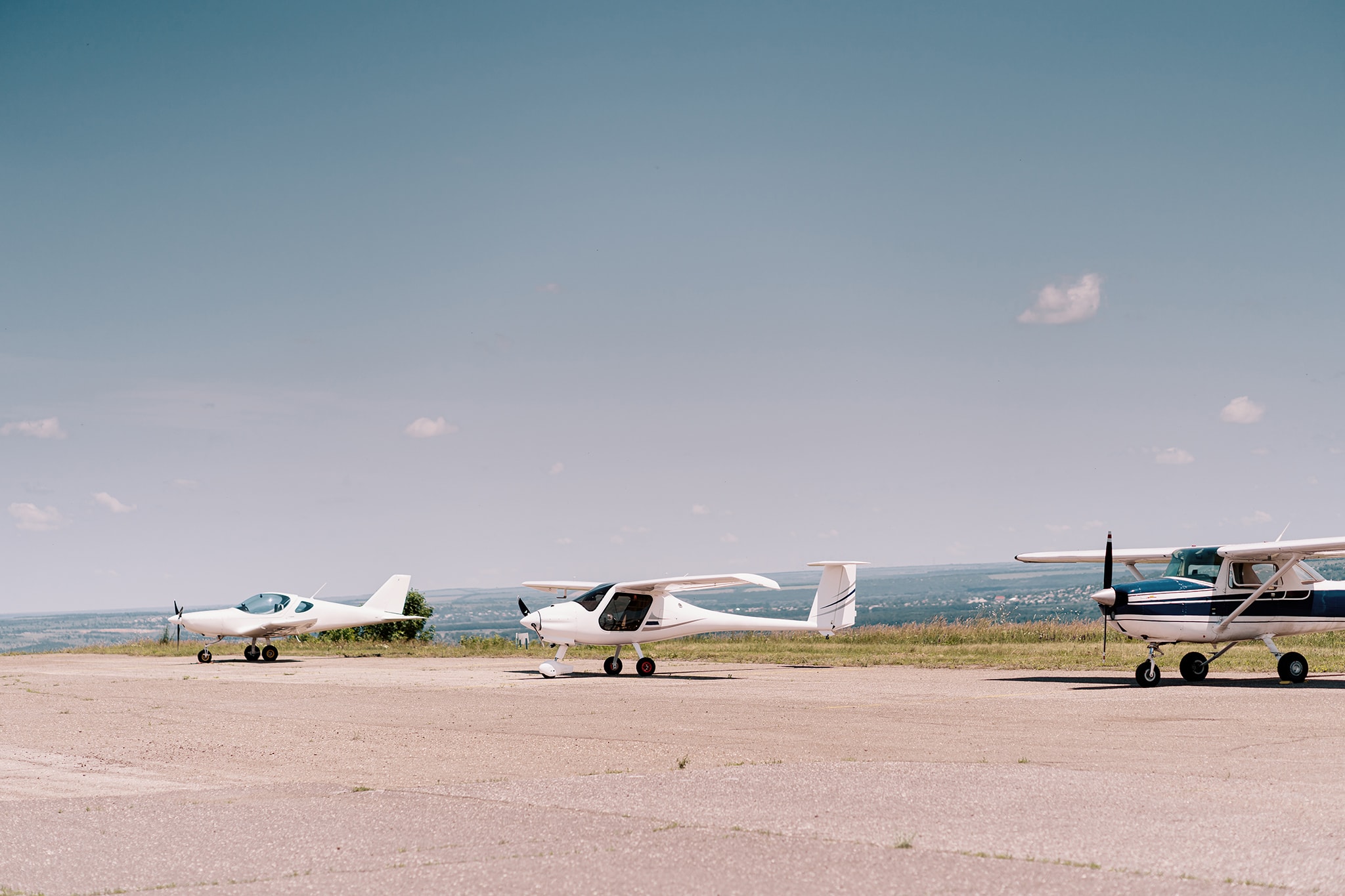How Fast Do Planes Go? Learn About Aircraft Speeds
Jan 29, 2025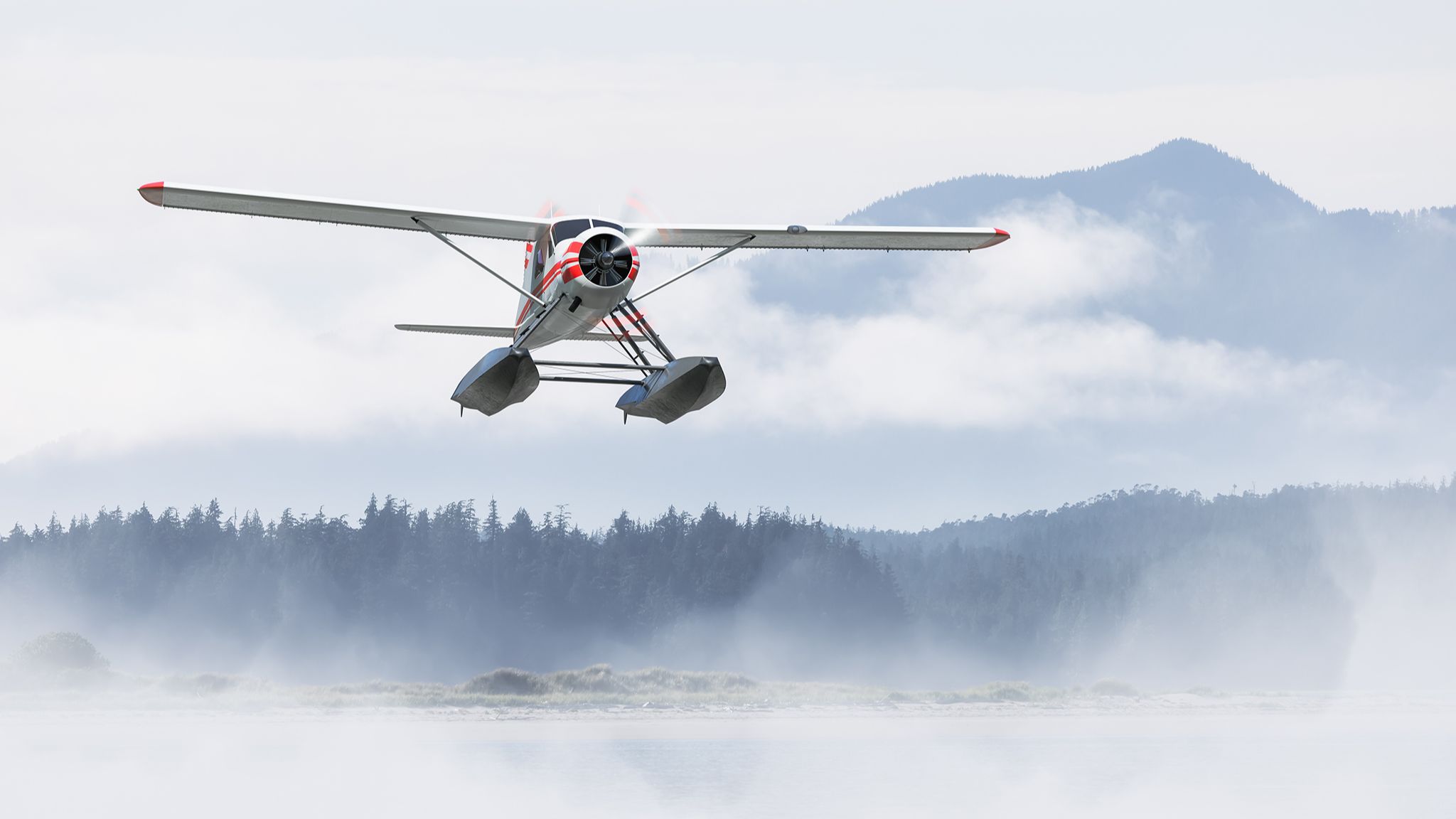
Commercial planes typically cruise between 475 and 575 miles per hour. This article will explain how fast do planes go during different flight phases and compare the speeds of other aircraft types, including private jets and military planes.
Key Takeaways
-
Aircraft speeds are measured using various metrics, including Indicated Airspeed (IAS), Calibrated Airspeed (CAS), True Airspeed (TAS), Ground Speed, and the Mach Number, each providing insights into performance in different contexts.
-
Average cruising speeds for commercial airplanes range from 475 to 575 miles per hour, influenced by aircraft design, fuel capacity, and atmospheric conditions.
Understanding Aircraft Speed Measurements
To understand airplane speeds you need to know the different speed measurements in aviation. Each type of speed measurement gives you different information about the aircraft’s performance and conditions.
First there’s Indicated Airspeed (IAS) which is the reading from the airspeed indicator. But this doesn’t account for atmospheric conditions, so it’s less accurate at higher altitudes. Calibrated Airspeed (CAS) adjusts the indicated airspeed for instrument and installation errors, so it’s more precise.
True Airspeed (TAS) goes one step further by correcting the calibrated airspeed for altitude and temperature differences. This helps with navigation and flight planning so the aircraft can fly efficiently.
Ground Speed on the other hand is the speed of the airplane relative to the ground, taking into account wind. This is important for actual travel time.
The unit of measurement for these speeds is knots, with one knot equal to 1.15 mph. The Mach Number is the speed of the aircraft relative to the speed of sound, which is important when talking about supersonic speeds. Knowing these will help us explore the different phases of flight and their speeds.
Average Speeds of Commercial Planes
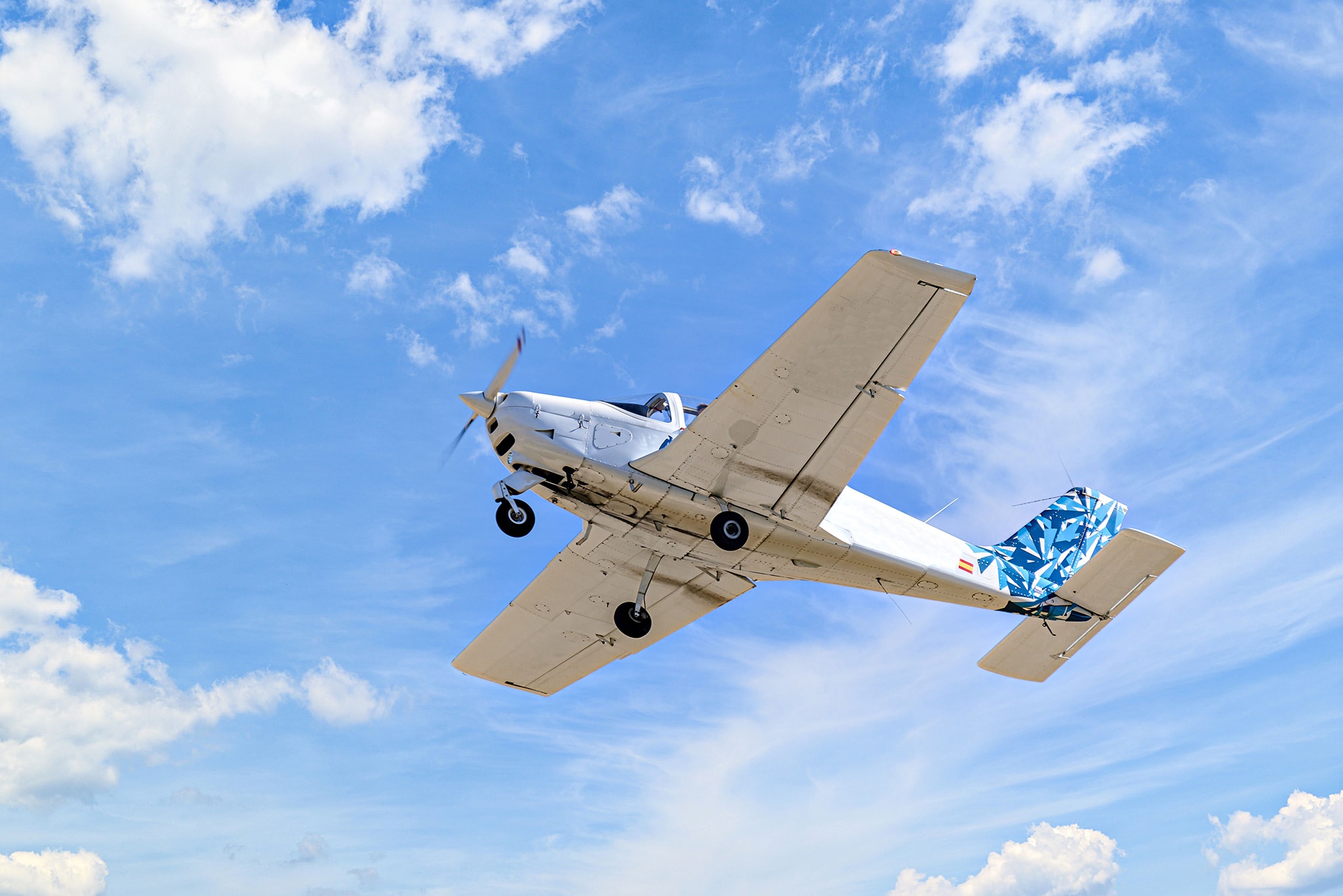
When we talk about commercial plane speeds we’re usually referring to their cruise speeds. The average cruise speed for commercial planes is between 475 and 575 mph. Some planes can cruise at 600 mph or more depending on the model and capabilities.
So how fast do commercial planes fly on average? Well, factors like the plane model, fuel capacity and weather conditions all play a part. For example, commercial airliners like the Boeing 737 and Airbus A320 have slightly different cruise speeds due to differences in aerodynamics and engine performance. But most airliners cruise at a standard range to ensure safety and efficiency.
Now we know the average speed of commercial planes. Now we can compare flight phases and other planes.
Phases of Flight and Corresponding Speeds
A commercial plane’s speed varies greatly throughout different phases of flight. From takeoff to landing, each phase requires specific speeds to fly safely and efficiently. The speeds for takeoff, climb, cruise and descent and landing are important to know.
Takeoff Speeds
The takeoff phase is one of the most critical parts of flight, speed is key to getting the plane airborne safely. Takeoff speeds can vary greatly depending on the weight of the aircraft, length of the runway and weather. Typically the average takeoff speed for commercial planes is 150-180 mph.
Pilots and engineers need to know takeoff speeds. These speeds determine safe lift off and overall flight performance. Pilots use calculations and real time data to get the optimal takeoff speed to get a smooth and safe climb into the air.
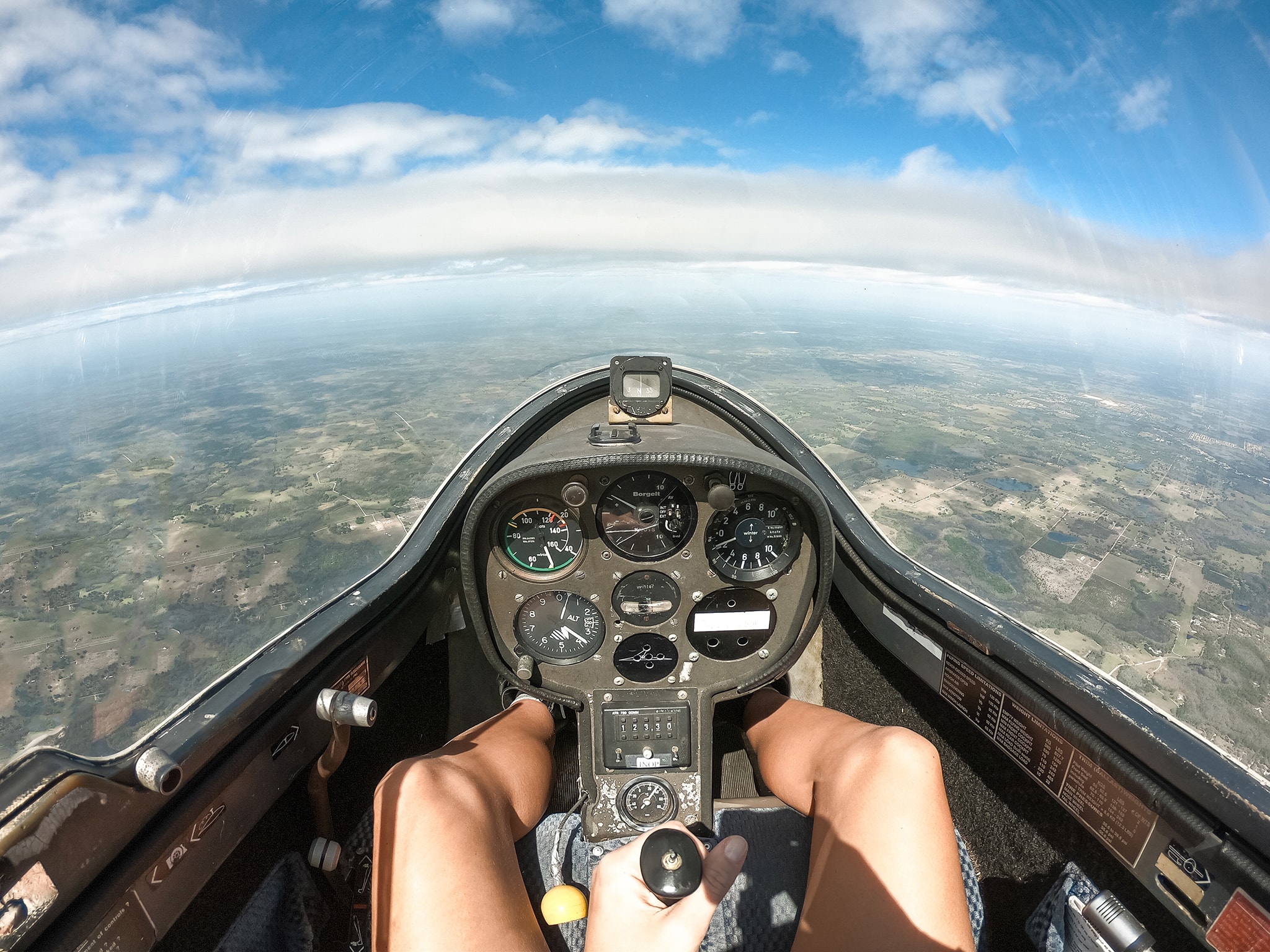
Climb Speeds
After takeoff the aircraft enters the climb phase where climb speed is critical. Initial climb speeds are important for getting a positive rate of climb, influenced by weight of the aircraft and atmospheric conditions. Pilots need to balance altitude gain with forward airspeed to get maximum fuel efficiency and performance.
As the aircraft climbs the air is denser at lower altitudes so it can maintain the optimal climb speed before reaching the thinner air at higher altitudes. Getting the climb speed right is key to a smooth climb and safety and efficiency.
Cruising Speeds
Cruising is the longest phase of a flight, where the aircraft maintains a steady speed and altitude. This phase is characterized by a balance between speed and fuel efficiency. Once at a safe altitude, pilots adopt an efficient climb profile and settle into the cruising speed. Typical cruising speeds for commercial jets range from 460 to 575 miles per hour.
During cruising, pilots may lower the nose, reduce engine power, and focus on increasing forward speed to maintain the desired cruising altitude and speed. Airliners adhere to speed limits during this phase to avoid stalling and ensure passenger safety.
Descent and Landing Speeds
As the flight gets closer to the destination, the descent and landing phase starts. During descent, pilots slow down the plane and descend to match the runway. The speed range for the descent path before touch down is between 270 to 240 km/h.
The final approach and landing speeds are reduced even further to ensure a smooth and safe touch down. The typical landing speed for commercial airplanes is between 130 to 160 mph. This slow down helps to maintain control and stability during the critical moments before landing.
Factors Affecting How Fast Planes Fly
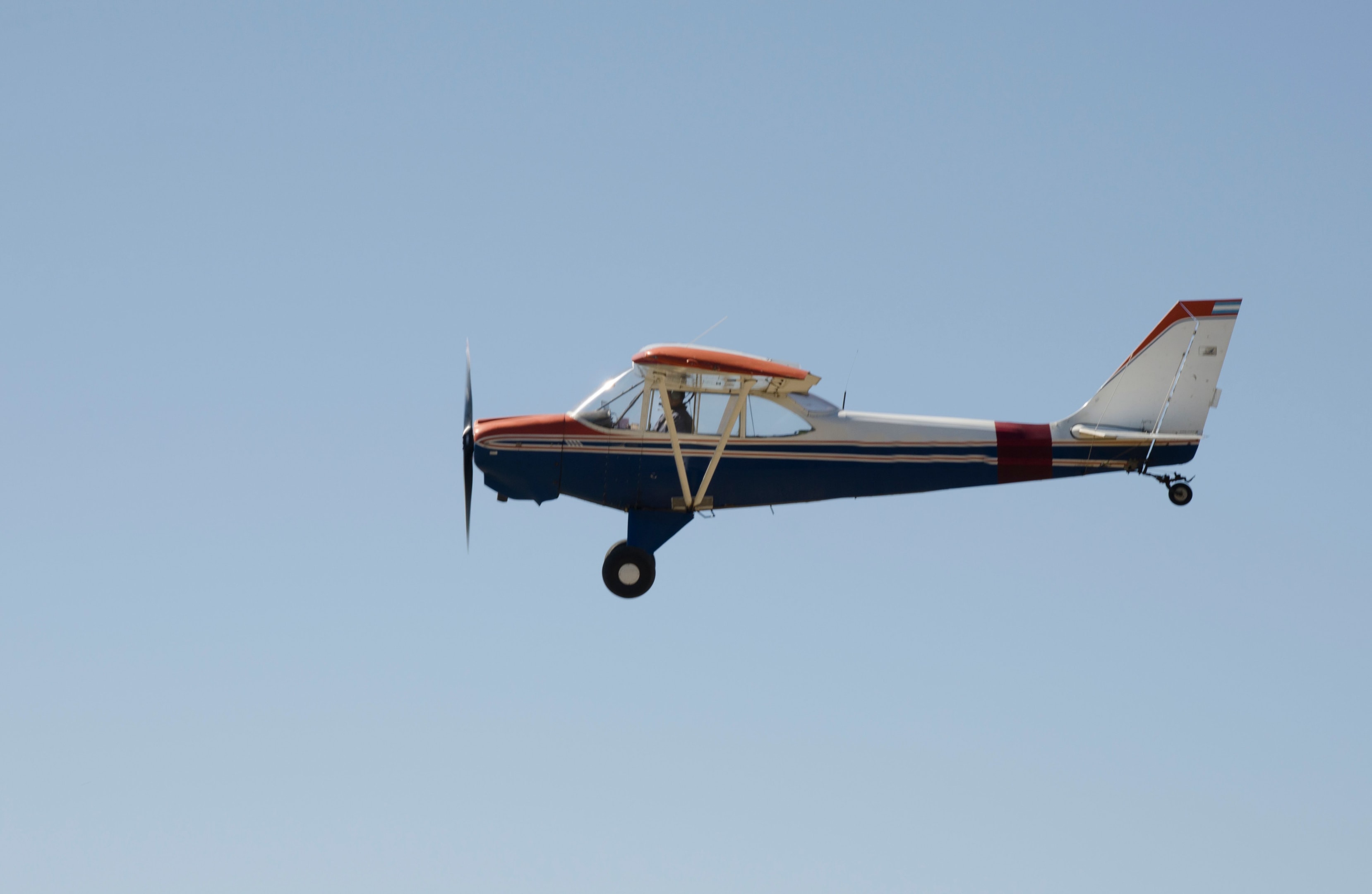
There are many factors that affect how fast commercial planes fly. Aerodynamics is one of them. Aerodynamics helps to reduce drag and increase efficiency. The design of the plane itself, including the shape and wing configuration, affects speed and fuel burn.
Weather is another factor. Wind speed and direction can affect flight speeds. Clear air turbulence caused by wind shear within jet streams is a risk and can affect the plane’s speed. Air traffic control also regulates speeds to keep planes apart and on track.
Air traffic control systems will further optimize flight paths and reduce travel times. These are the factors to manage and maintain optimal flight speeds in commercial aviation.
The Role of Aerodynamics in Aircraft Speed
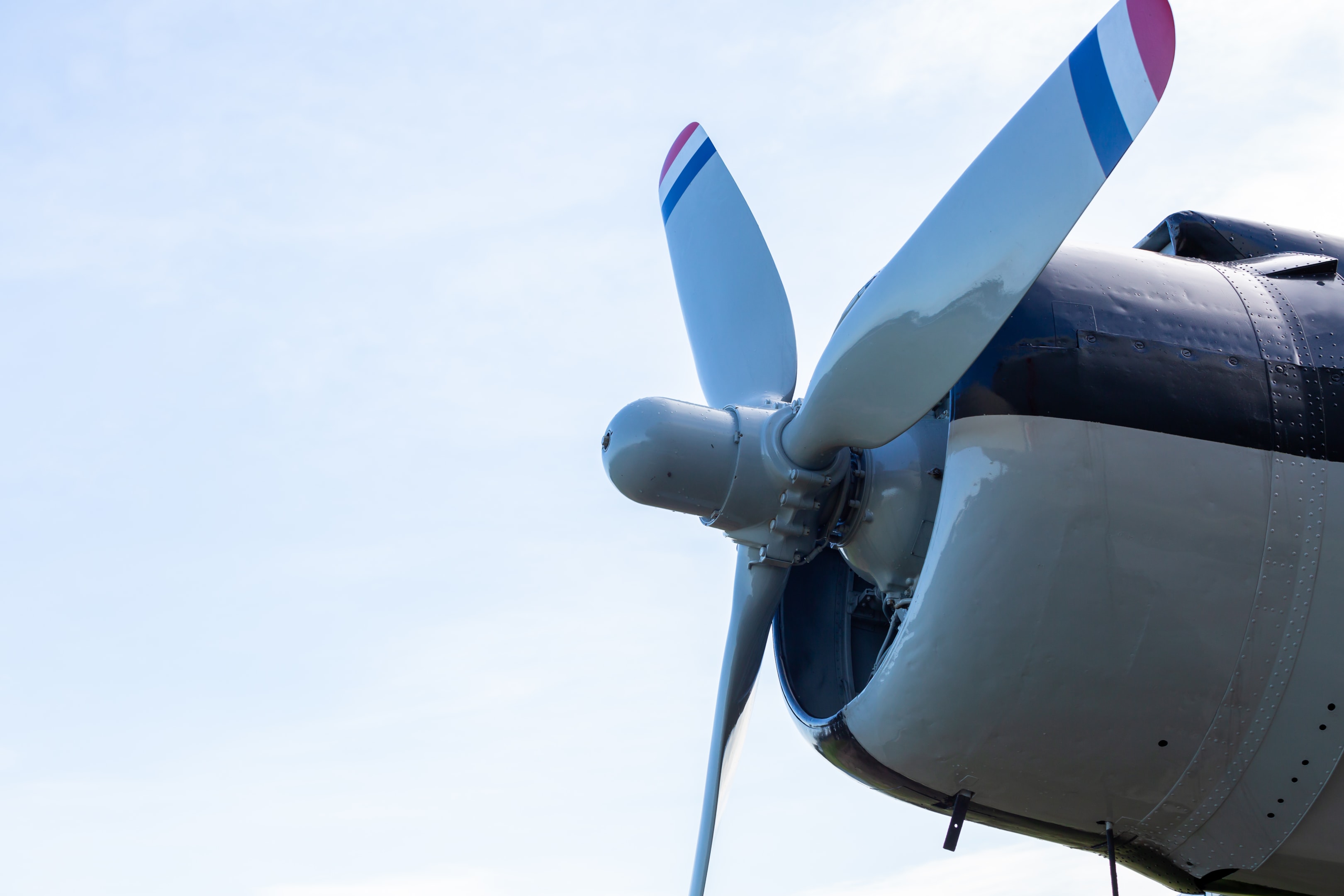
Aerodynamics is key to high speeds and efficiency in aviation. Aerodynamic design of the plane reduces drag and it just glides through the air. Shape of the wing is crucial for lift and air resistance which is necessary for high speeds.
A teardrop shape is the most aerodynamic of all. Reduces air resistance and improves fuel efficiency. Jet engines propel the plane forward with great force. That’s how commercial planes get to go so fast.
Wide body planes like the Boeing 777 balance speed with passenger comfort and turbulence. By aerodynamic design modern planes can go faster and safer.
Supersonic Air Travel
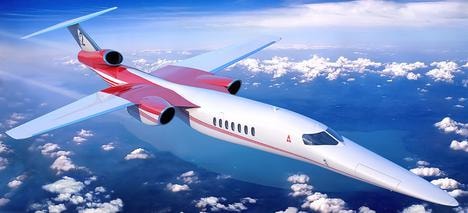
Supersonic travel has always been cool, pushing the limits of air travel. The Concorde was the first supersonic passenger airliner and was known for its speed, flying from New York to London in under 3 hours. It stopped flying in 2003 but the Concorde lives on.
New supersonic planes like the Aerion AS2 and Boom Overture are working to bring back fast travel, the Overture can go up to Mach 1.75. Boom Supersonic plans to have these commercial planes back in service by the mid 2030s, Mach 2.2 for their new ones.
Some military planes can go over 1,500 mph, so supersonic travel is possible beyond commercial use. When we ask, what is the world's fastest plane? it’s often military aircraft like the Lockheed SR-71 Blackbird, which has set the record for the highest speed at over 2,200 mph.
The future of supersonic travel means shorter travel times and a new era of international aviation.
Comparing Different Aircraft Types
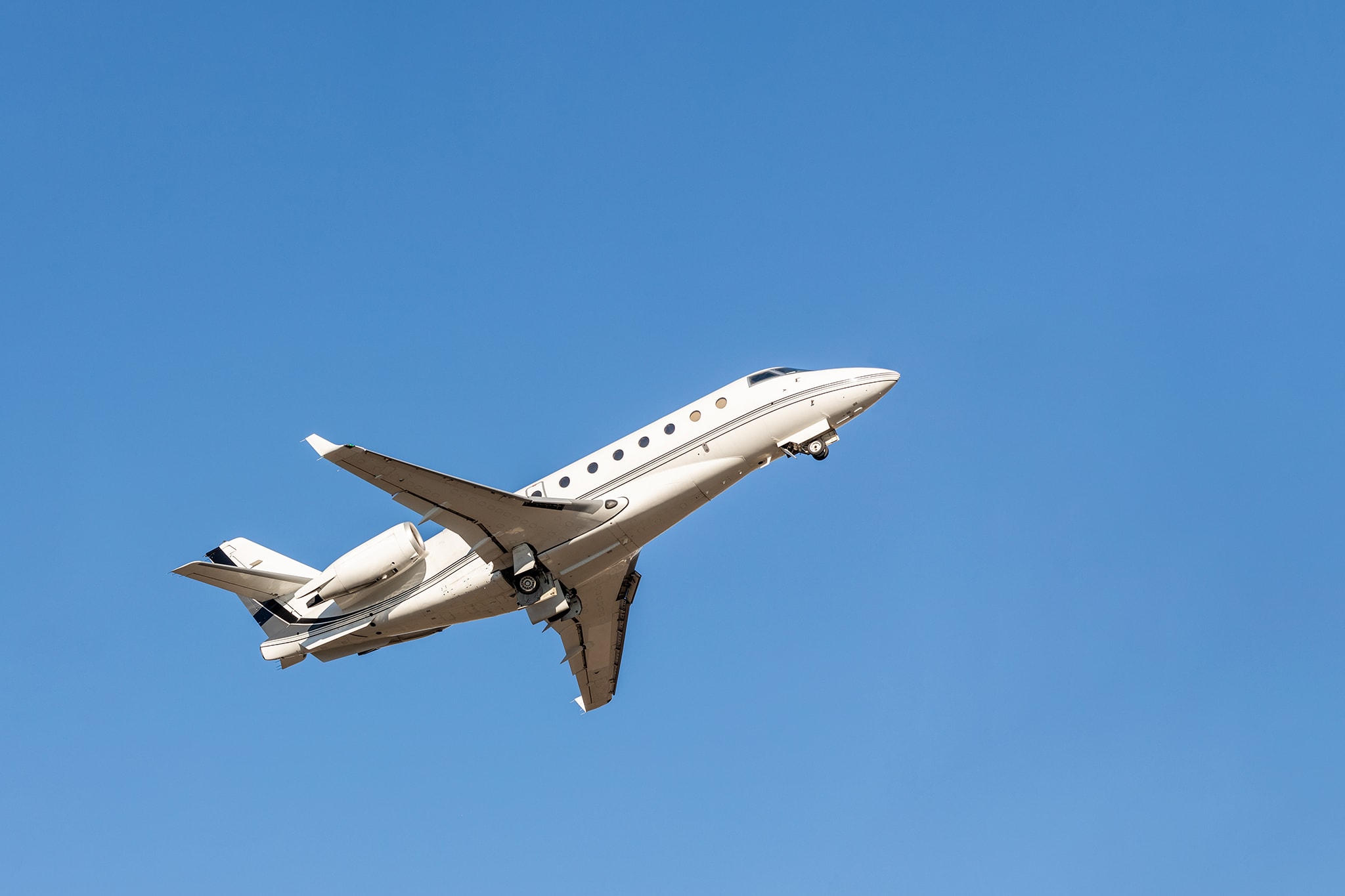
Different types of aircraft, including commercial passenger aircraft, military aircraft, private jets, and single-engine planes, have varying speed capabilities. Each aircraft type is designed with specific performance goals and operational requirements in mind, leading to distinct speed ranges.
Commercial Jets vs. Private Jets
Commercial jets typically cruise at speeds ranging from 460 to 575 miles per hour. These speeds are optimized to save on fuel, enhance passenger comfort, and comply with air traffic control requirements. In comparison, private jets can cruise at speeds around 400 to 700 miles per hour, depending on the model and performance characteristics.
Private jets offer more flexibility in terms of speed and route selection, catering to the needs of business executives and high-profile individuals. However, commercial flights prioritize efficiency and safety, adhering to strict operational protocols to maintain consistent flight performance.
Military Aircraft
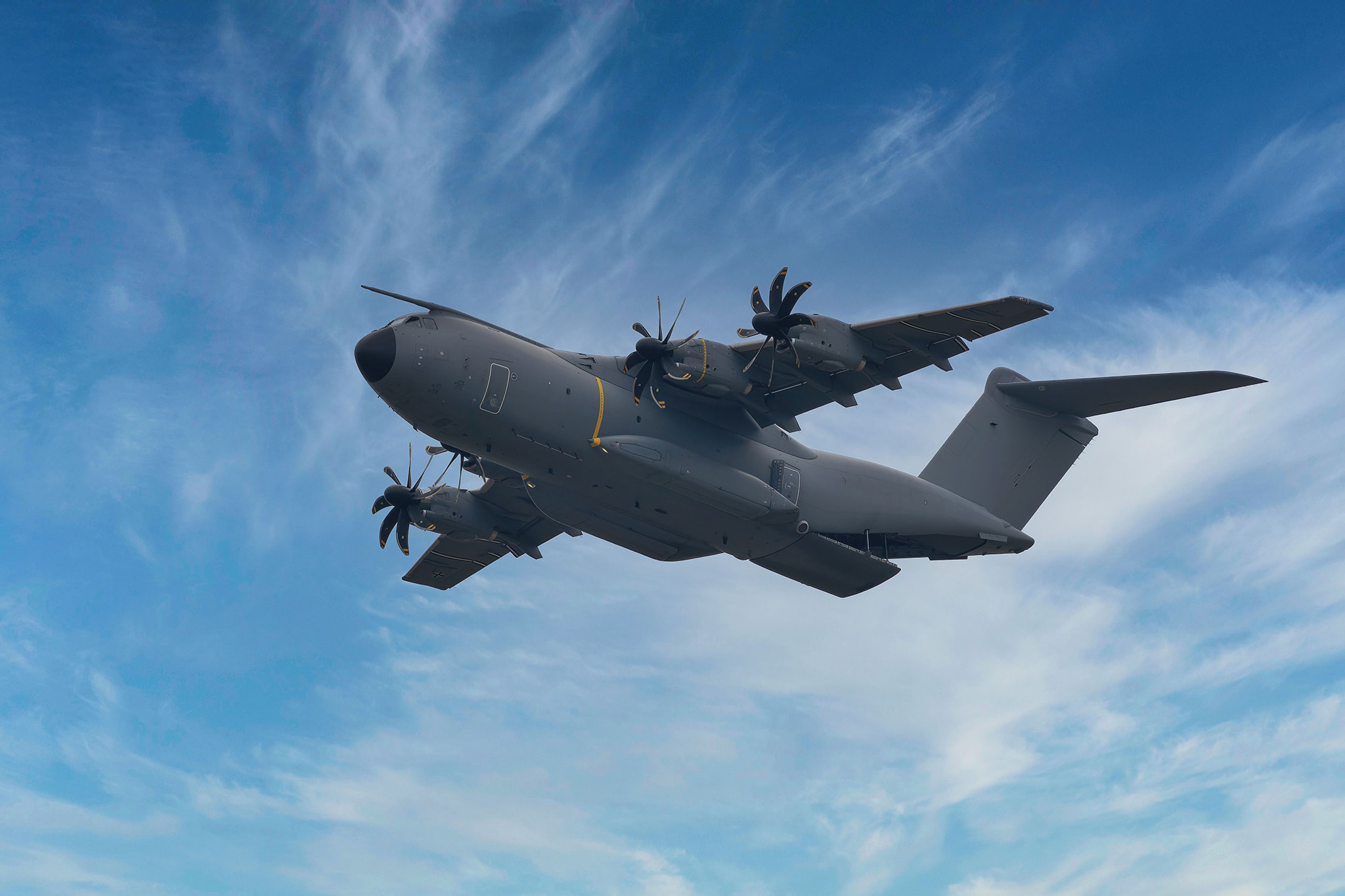
Military aircraft are designed for various purposes, including surveillance, assault, and cargo transport. These aircraft can reach speeds exceeding 1,500 miles per hour, with some models like the Lockheed Martin F-22 Raptor having a maximum speed of 1,220 miles per hour.
When we talk about the fastest fighter jet in the world, it’s often referring to the Lockheed SR-71 Blackbird, which holds the record for the highest speed at over 2,200 mph.
The high speeds of military jets are essential for rapid response and maneuverability in combat situations. These commercial aircraft are equipped with advanced tech and powerful engines to achieve their speed.
Single-Engine Planes
Single-engine planes generally have slower speeds compared to commercial and military aircraft. The maximum speed of single-engine aircraft can range from 115 to 230 miles per hour. However, advanced models like the Pilatus PC-12 NGX can achieve top speeds of 334 miles per hour.
For short distance travel, training and recreational flying. Despite slower speed, single engine planes are versatile and affordable.
Jet Streams and Their Impact on Flight Speeds
Jet streams are fast moving air currents at high altitudes and can make a big difference in flight times depending on direction. Eastbound flights get a tailwind from jet streams and fly faster. Westbound flights get headwinds from jet streams and fly slower.
When flying with a jet stream you can save up to an hour. Pilots and flight planners use jet streams to optimize routes and be more efficient, they are a valuable tool in modern aviation.
Why Commercial Planes Don't Fly Faster
You might wonder why commercial planes don’t fly faster with all the technology we have. The main reason is that flying faster at higher speeds uses more fuel and that means higher operational costs. Higher speeds also makes turbulence worse and that’s bad for passenger comfort.
Air traffic control systems also govern commercial aviation speed limits to keep safe distances and follow flight paths. By following these speed limits commercial airlines keep their operations safe and efficient.
